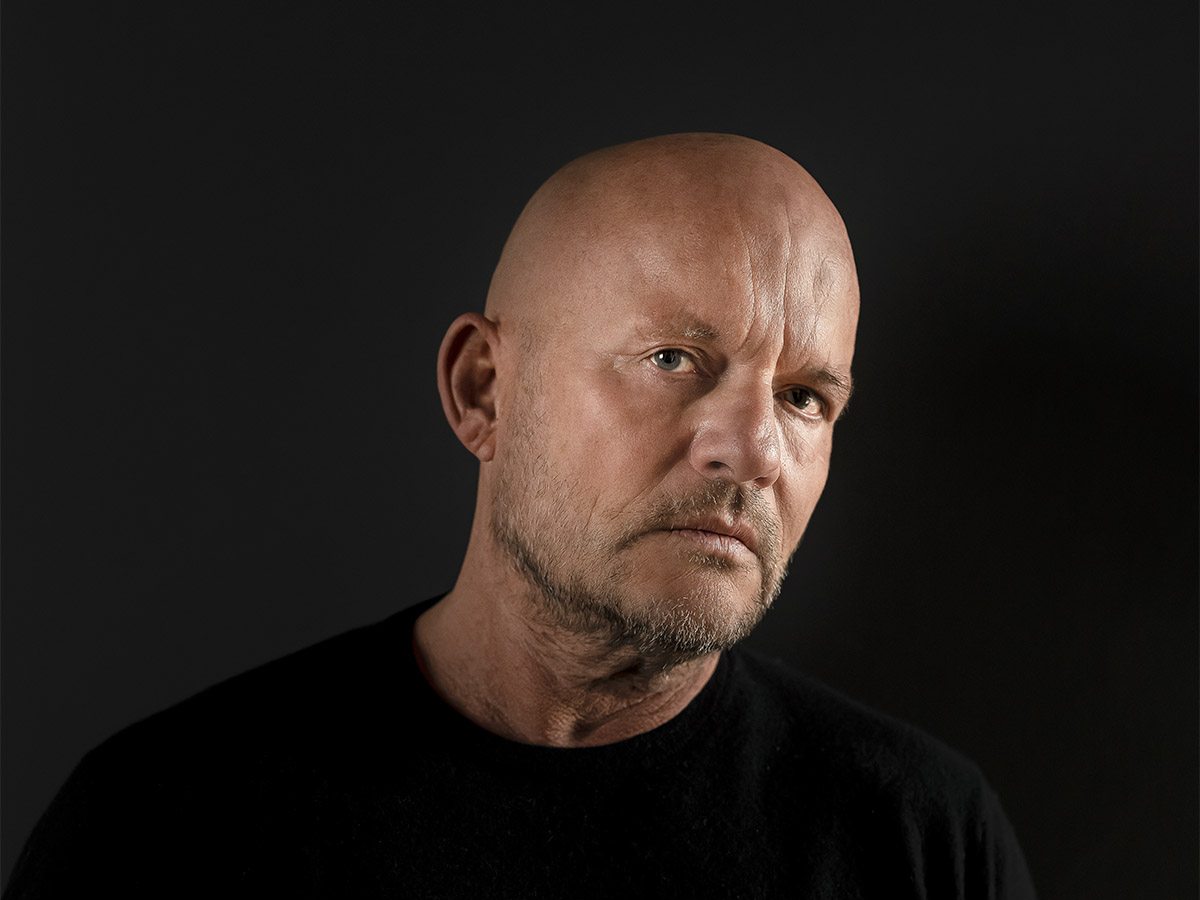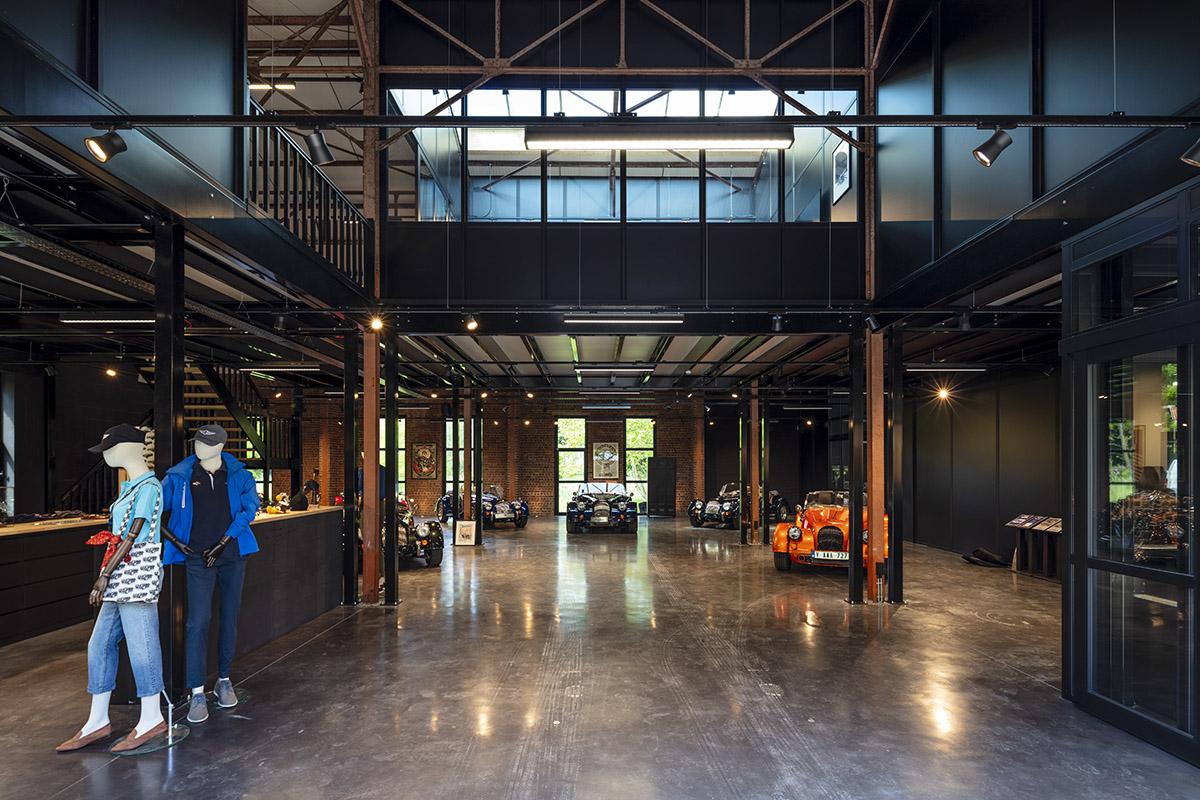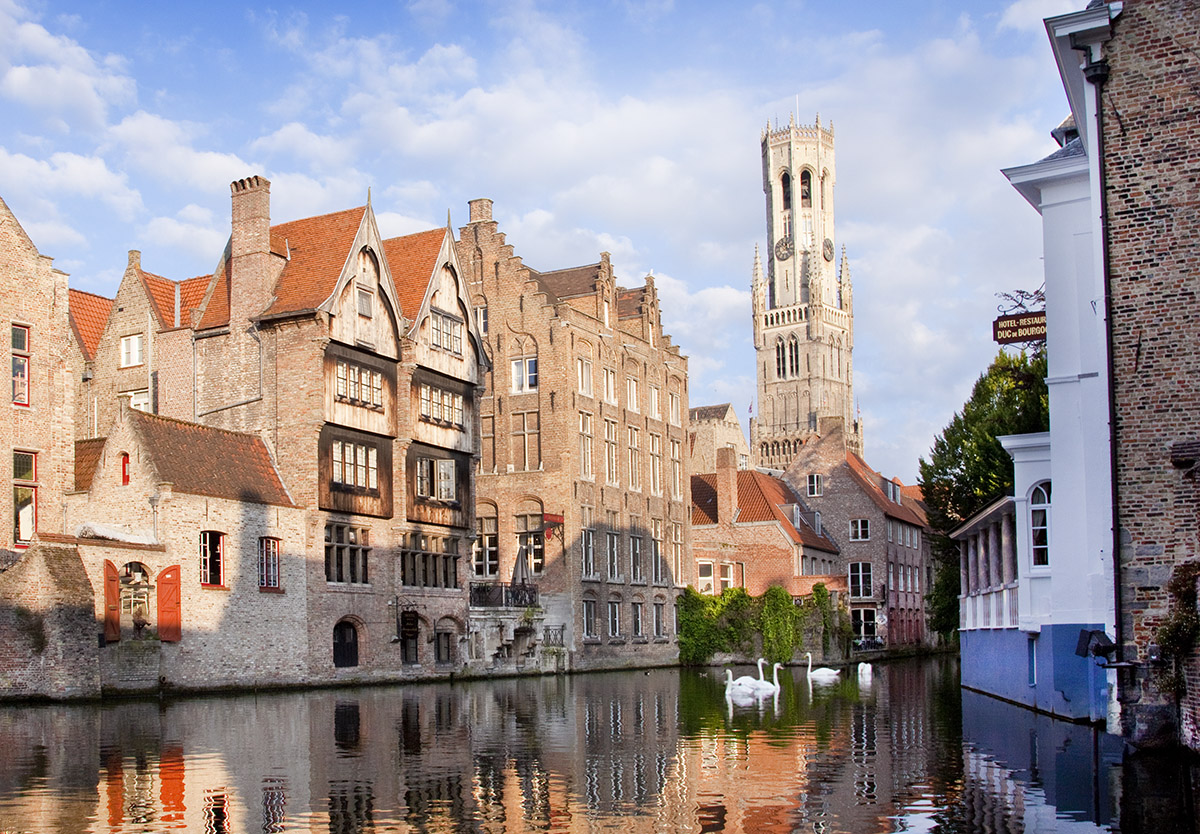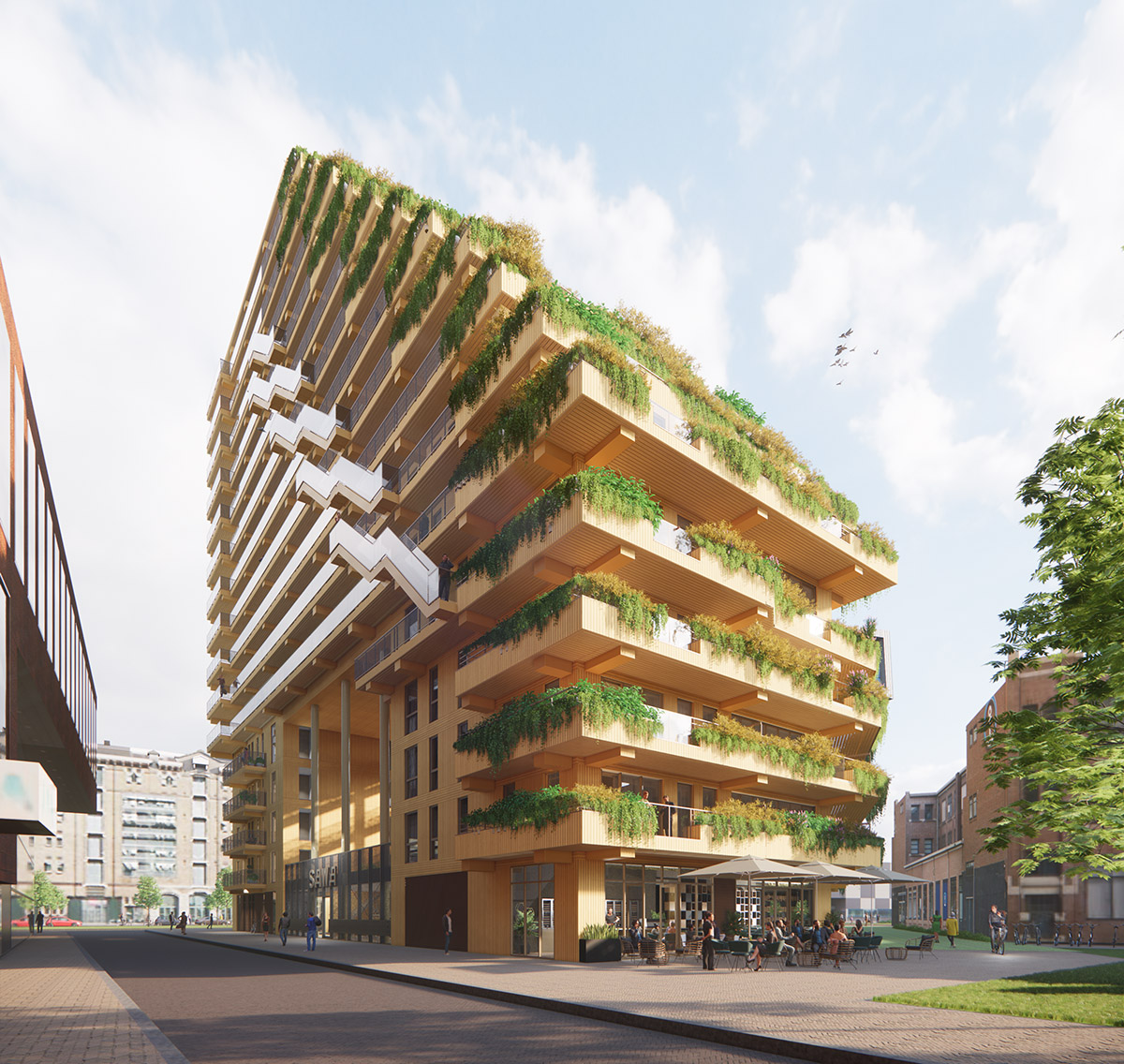cepezed
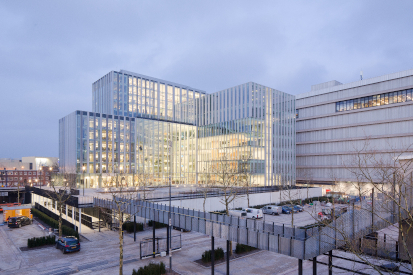
Building a sustainable city
TEXT: ARNE ADRIAENSSENS | PHOTOS © LUCAS VAN DER WEE
Not that long ago, the heart of the city of Utrecht was an area that was somewhat lost. Today, it is a modern and vibrant neighbourhood. By transforming the old air-force headquarters into a contemporary office district, the architects of cepezed have achieved something the government of Utrecht was aspiring to do for years: making the city greener and more sustainable.
Since 1989, the district west of Utrecht Central Station was disfigured by the fortified headquarters of the Dutch air force. The heavy, depressing bunker, made out of concrete, became a symbol of the obsolescence of the neighbourhood. Recently, the Dutch architect’s office cepezed sunk its teeth into the mammoth structure, transforming it into the modern public office complex De Knoop. Yet, the spirit of the original building still drifts through the light-flooded corridors.
“A transformation is more difficult than starting from scratch,” cepezed director Ronald Schleurholts explains. “Before you can create something, you have to analyse the existing building with all its peculiarities and flaws. Only then can you decide which aspects you want to keep, and which ones have to go.”
The most visual souvenirs of the old army headquarters are the heavy concrete columns supporting the weight of the building. “You shouldn’t try to erase the original architecture,” Schleurholts continues. “You should preserve its unique value and character. The building should be an inspiration rather than a hurdle.”
Having said that, the building is next-to-unrecognisable. In contrast to the original tower, De Knoop is flooded in daylight and has an open and spacious personality. These are two key things that typify the overall portfolio of cepezed. “We design buildings from the inside out,” Schleurholts continues. “We start by satisfying the needs of those who will live and work there. Is there enough daylight? Are there spots to relax in? Is it easy to navigate? Once we’ve tackled those issues, we’ll wrap it up with a nice façade.”
Built for a century
Apart from remodelling the building itself, cepezed was asked to create a restaurant on the empty space next to it. It will be temporary, though, lasting 15 years. At the end of this, the city of Utrecht will start another construction project and therefore the initial construction has to go. That inspired Schleurholts and its team to create The Green House, a completely demountable restaurant that grows its own vegetables.
“Building temporary constructions goes against our ecological DNA. We don’t want to use valuable materials for 15 years only. That’s why we avoided welding everything together and used screws instead so that the building can be disassembled and rebuilt again. We believe it can be afoot for a century, just not always on the same location.”
This long-term vision urges them to use proper and sustainable materials, that can stand the test of time. To make it even more eco-friendly, they furnished the building with recycled resources. The bricks on the floor are from the nearby village of Tiel and all the used glass comes from the old headquarters of the air force, the building they transformed in the first place.
This natural approach is noticeable in the way of cooking as well. The use of salt is largely replaced by natural herbs and the lion’s share of their vegetables is harvested in the greenhouse on the first floor. Everything on your plate is therefore as green as possible.
Natural crossing experience
To top it off, cepezed designed a bridge spanning the rail tracks, connecting De Knoop with the rest of the city. Just like The Green House, the Moreelsebrug is one big kit building. “To assemble the construction, we had to block the tracks,” Scheurholts explains. “To generate the least disruption possible, we’ve designed it to be installed in record time. It only took us 50 hours to put the 300-metre-long bridge into place.”
The parallels with De Knoop and The Green House go further than just the way the bridge was constructed. The green, natural experience of the business district continues above the rails too. “Crossing tracks is never really nice. Therefore, we’ve created a more pleasant crossing experience.” The meandering path with trees in the middle and indirect lights on the side, makes you forget what’s happening underneath you.”
Today, with the completion of the three projects, a lively and liveable vibe spreads throughout the neighbourhood, realising a long-cherished vision of the Utrecht government: making the city greener and nicer. By transforming a forgotten part of town and connecting it to the rest of the city, they have achieved this ambition. While all three projects stand their ground independently, their mutual synergy elevates the neighbourhood to the next level.
Web: cepezed.nl
Subscribe to Our Newsletter
Receive our monthly newsletter by email
